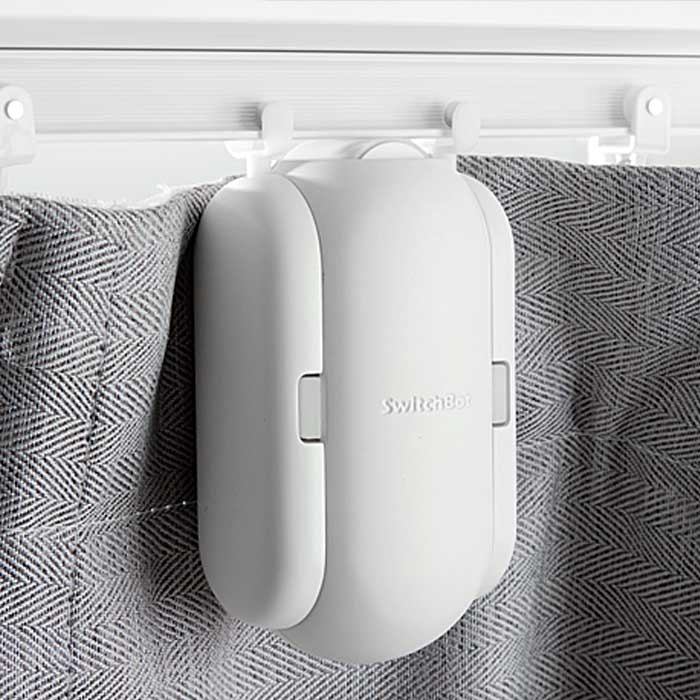

Thread a cable tidy through each of the two channels in the U shaped arms. I've moved the curtains in my shot so that you can see what's happening more easily. We'll now attach the motor assembly housing to the curtain pole using four cable tidies. Take up as much of the slack wire as you can but don't slide it onto the shaft of the stepper motor just yet. Once cooled you can then wrap one of the strings clockwise onto its section of the shaft and the other anti-clockwise onto its section of the shaft. Now pass the other piece of wire through the top hole of the motor housing and in a similar fashion fix this to this next stage of the spindle assembly.įinally add some more glue to the top of the shaft and add the final 3D printed piece. Once this has cooled add some hot melt glue to the ledge (about half way up the shaft) and then slide the second part of the spindle onto it squidging it into the glue so as to fix it into place. We'll then add some hot melt glue over this wire and its knot to keep everything in place.

Now, taking the first part of the spindle (the one with a hole passing through its shaft) thread this wire through and tie it in a knot around the shaft so that it can't come undone. (It doesn't matter which wire you do first). Take one of the loose ends of wire coming from your curtains and thread it through the lower hole on your motor housing. You'll need to print the three parts of the spindle if you haven't done so already as well as have some hot melt glue or similar to hand. Lower the lid onto the housing and then use the two remaining bolts to attach it securely. The wires for the power supply need to be passed through the large hole which also accommodates the back end of the stepper motor. Tidy the wires into the housing whilst ensuring that the USB connection on the Feather Huzzah is not obstructed. Handle this carefully so that none of your wires work themselves loose.Īfter the second breadboard has been fitted you can remove the temporary bolt as the breadboard will keep the nut in place. Peel the adhesive of the second breadboard and fit this against the opposite side of the housing. If you struggle to hold it in place you can temporarily partially insert one of the bolts. If the self adhesive is not holding your breadboard in place you can add some hot melt glue to help things stay put.īefore we add the second breadboard we need to fit one nut behind the hole I'm pointing to in the above images. Ensure that it is slid all the way to the right and as far down in the housing as it will go before applying pressure to fix it in place. Peel the self adhesive cover off the back of the breadboard which has the ESP8266 on it and position inside the housing so that the sticky adhesive is facing the stepper motor. įinally the 3D printed parts can be downloaded from here: įor this part of the build you will need to print the file 'lid.stl' whilst it prints we can continue as below.

#Automatic curtain opener alexa code
The code can be downloaded from Github here. ■ Battery powered glue gun: (not something you have to have but I recently got one and it's made gluing things together super easy).

■ Nema 17 Stepper Motor: ■ A4988 Stepper Motor Driver: ■ Adafruit Feather Huzzah ESP8266: ■ Mini Breadboards x2 (self adhesive): ■ Breadboard Jumper Cables: ■ Braided fishing wire: ■ Long USB A to USB Micro B Cable: ■ 100 Capacitor: ■ Switched Battery Holder for 8 AA Batteries: ■ Nuts and Bolts: M4 Nuts x2 M4 x 10mm bolts x2 M3 x 10mm bolts x 4 ■ 8x AA batteries ■ About 100 grams of plastic for the printed parts. Here is a list of the items used in this project and where you can find them: You'll need a few items before we start to assemble your curtain automation system.


 0 kommentar(er)
0 kommentar(er)
